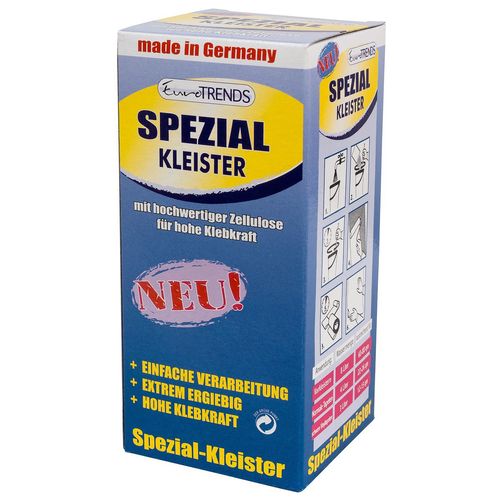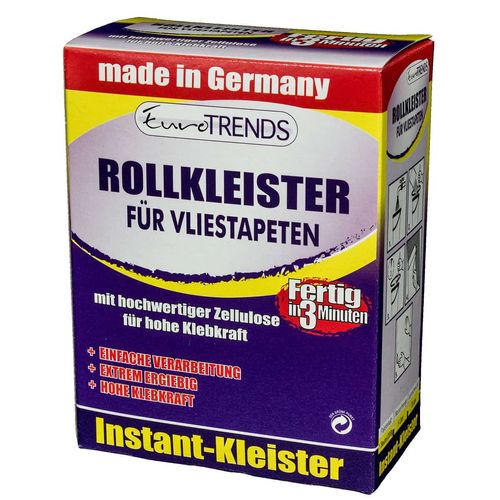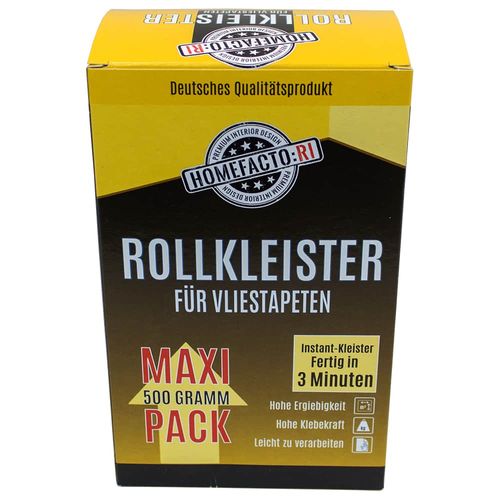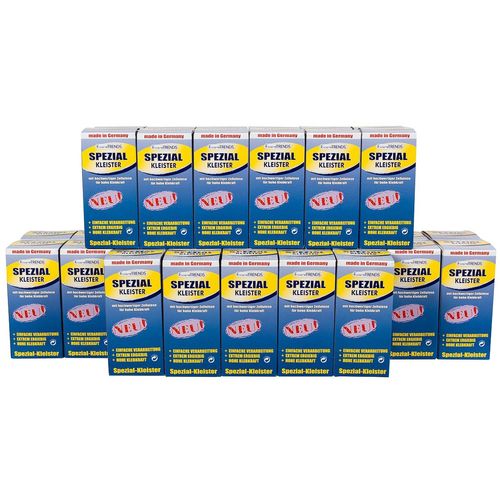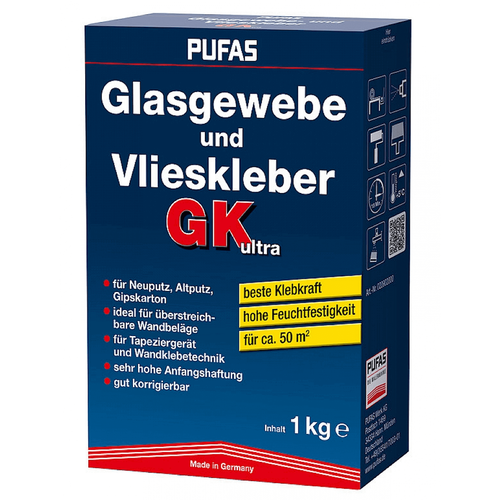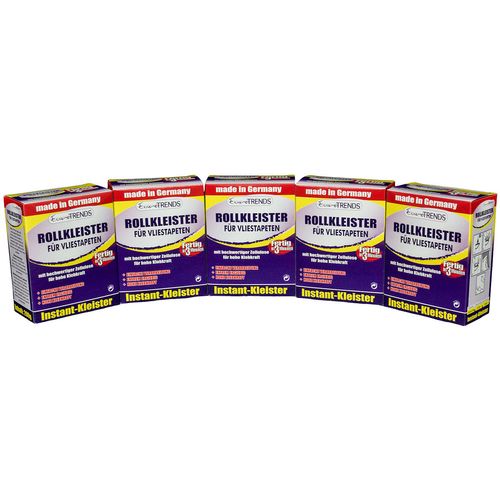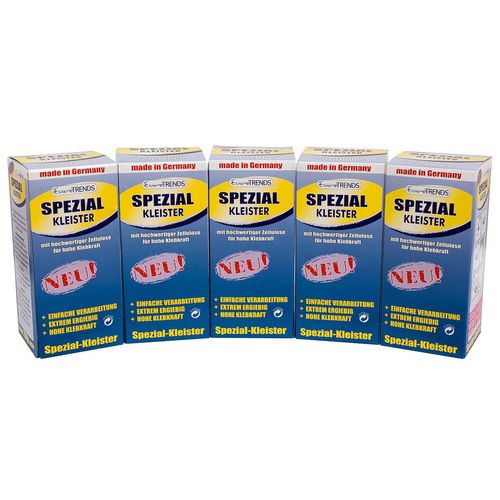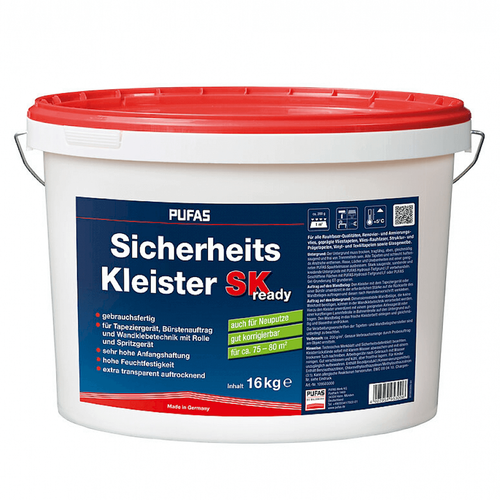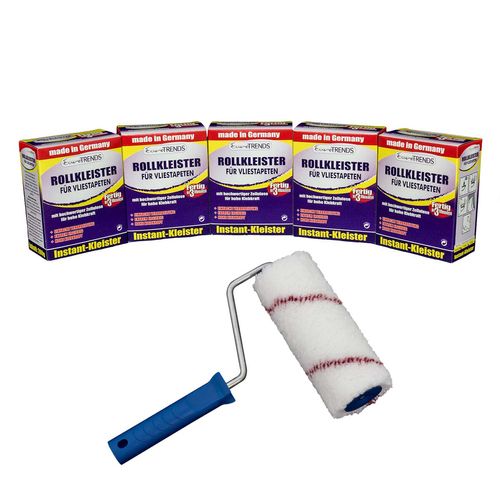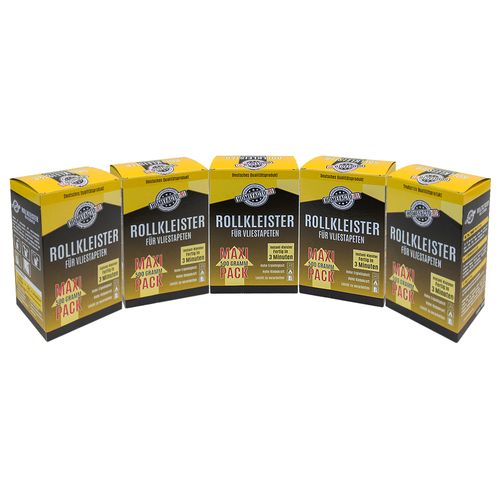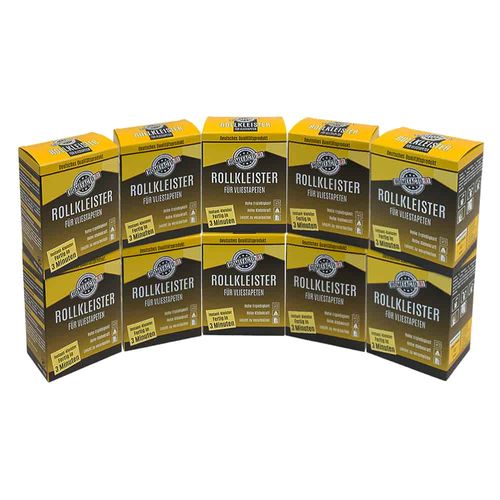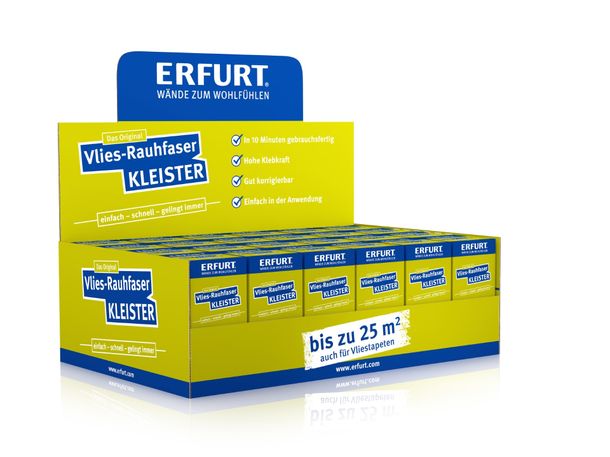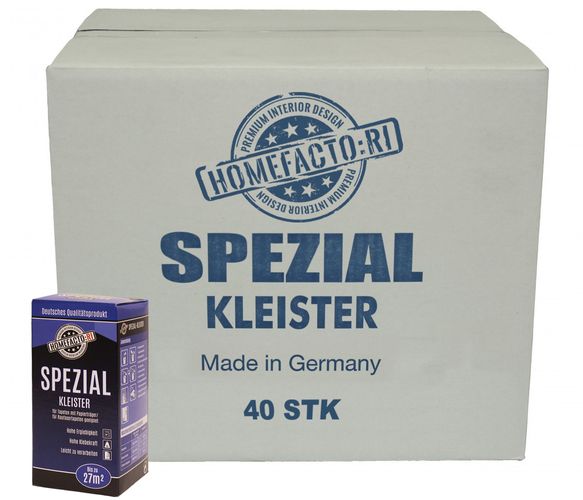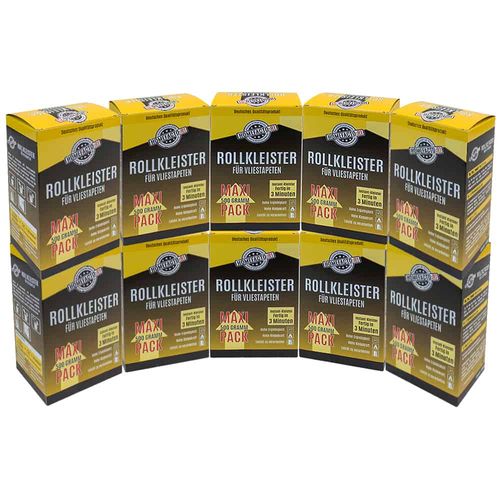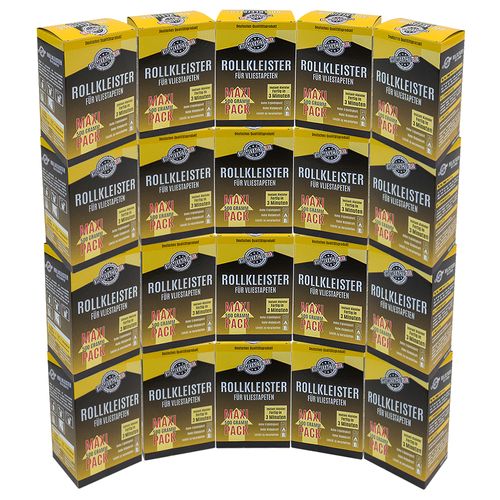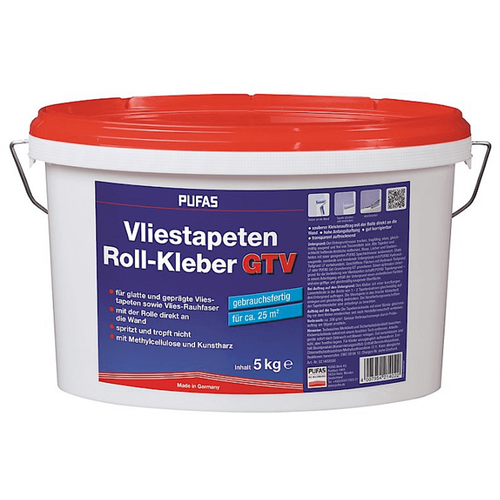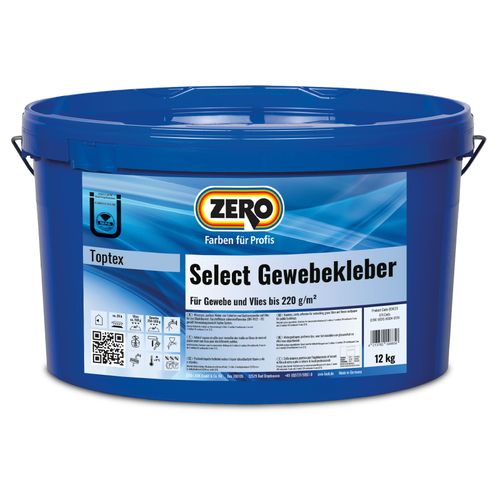Wallpaper paste for perfect wallpaper adhesion
Are you planning a new wall design and looking for the right wallpaper paste? At Orex, you'll find a wide selection of high-quality wallpaper pastes that allow your wallpaper to adhere perfectly and are easy to use. Whether for woodchip wallpaper, non-woven wallpaper or borders - we offer the ideal paste for your individual needs. Rely on our many years of experience and find the right wallpaper paste for your project at Orex.de!
The advantages of our wallpaper pastes at a glance
Wallpaper paste is often mixed with water and has a certain shelf life so that it can be used for several days. There are different types of wallpaper paste on the market that can be selected depending on your requirements and preferences. With the right wallpaper paste, you can ensure that your wall design is professional and long-lasting. Our wallpaper pastes are characterised by a number of advantages that are guaranteed to make your wall design a success, such as:
- Versatile application options: In our range you will find wallpaper pastes that are suitable for many types of wallpaper, such as woodchip, non-woven wallpaper or vinyl wallpaper.
- Easy to use: The wallpaper pastes are easy to mix and can be applied effortlessly thanks to their special consistencies.
- Optimum adhesive strength: Our wallpaper pastes offer excellent adhesive strength, which ensures that your wallpaper sticks securely to the wall. So you can enjoy a flawless wall design for a long time.
- High yield: Our wallpaper pastes are extremely economical and enable efficient use. You can cover a larger area with one pack and realise the wall design cost-effectively.
Our wallpaper pastes also impress with their high initial adhesion, so that the wallpaper adheres to the wall immediately and is easy to align. They also offer excellent resistance to moisture and thus enable long-lasting wall design. Even with temperature fluctuations or high humidity, the wallpaper remains securely on the wall.
The wallpaper paste variants
To meet different requirements, our wallpaper pastes are available in different variants. You can choose between the following variants:
- Roller paste for non-woven wallpaper
- Special paste for paper, vinyl and woodchip wallpaper
Each paste has specific properties that are tailored to the respective wallpaper types.
Buy wallpaper paste and more from Orex
At Orex, we place great emphasis on high-quality materials and reliable products. In addition to first-class wallpaper paste, you will also find an extensive range of other products for wall design in our online shop. Discover more helpful utensils for the following topics in our painting supplies section:
- Removing wallpaper
- Wallpapering
- Filling
- Painting
- Varnishing & glazing
- Adhesives & sealants
- Masking material
Find all the important products for your premium renovation here and order your wallpaper paste and more at Orex.co.uk now!




